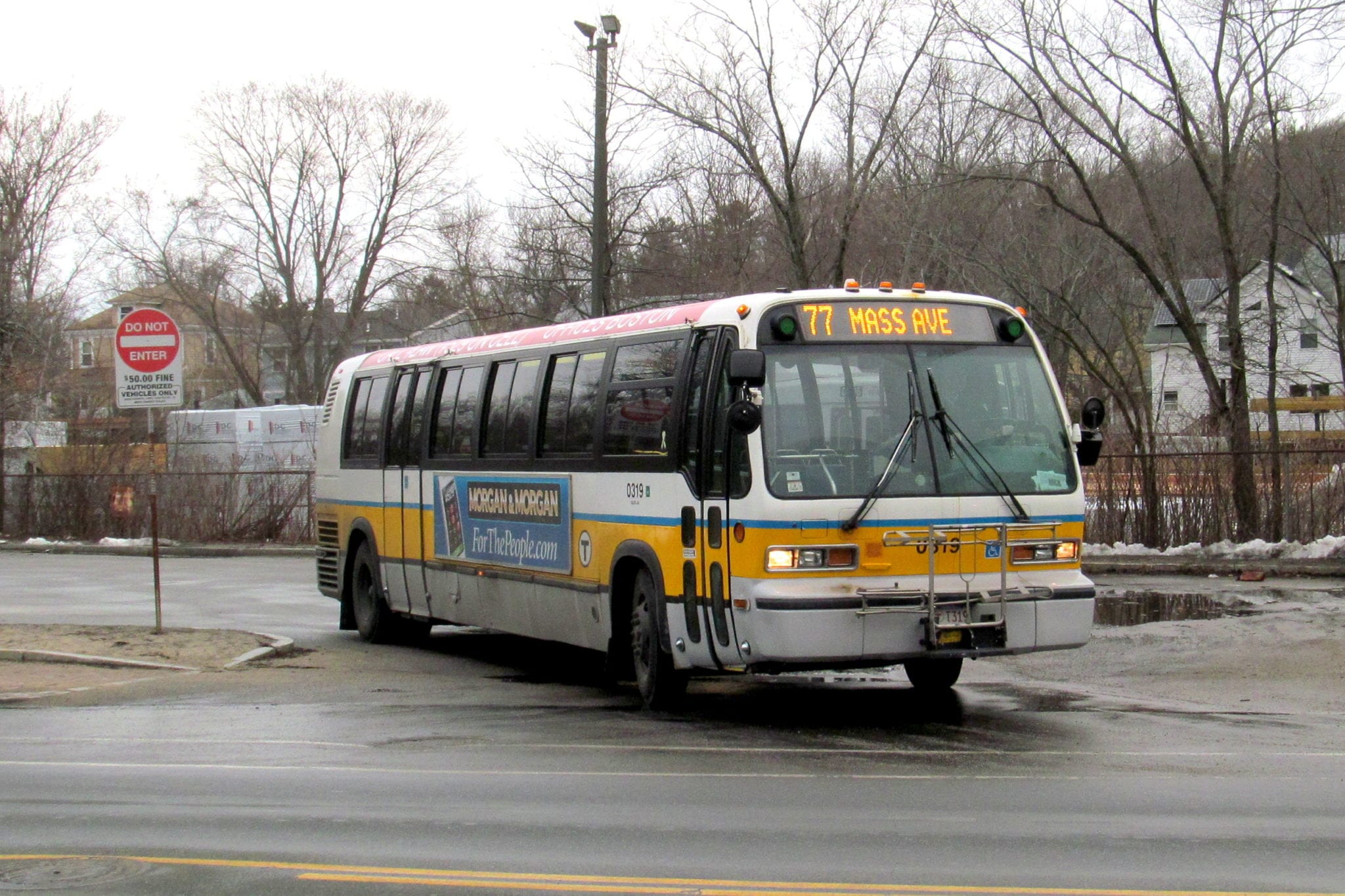
''Base revenue amount'', for fiscal year 2015, the amount of $970,637,174 and for each fiscal year thereafter, the base revenue amount for the prior fiscal year multiplied by the inflation index for the preceding 12 months, as certified by the comptroller on March 1 of each year, as set forth in subsection (b) provided, however, that in no year shall the base revenue amount exceed 103 per cent of the base revenue amount applicable for the prior fiscal year provided further, that if in any year the inflation index is less than 3 per cent but greater than the per cent increase in gross sales tax revenues received pursuant to chapters 64H and 64I in the preceding 12 months, excluding any portion of such taxes imposed on meals as defined in paragraph (h) of section 6 of said chapter 64H, then the base revenue amount shall be adjusted by the same percentage increase in those gross sales tax revenues and provided further, that if in any year the per cent increase in the gross sales tax revenues or the inflation index is 0 or less, then the base revenue amount shall not be adjusted for the subsequent fiscal year. As used in this section, the following words shall, unless the context otherwise requires, have the following meanings:. Distributed by Tribune Content Agency, LLC.Section 35T: Massachusetts Bay Transportation Authority State and Local Contribution Fund Greener, cleaner, faster and affordable buses is a win for everybody whether they use public transit or not.

MBTZ TRANSEE FREE
“Public transportation needs to be free for all and should be funded in the same way as other public services. “Three free bus routes is just the beginning, we are so excited about this pilot,” she added in a press release. “We are going to add that more time into our life.”

“Black people spend 64 more hours of their life per year riding on public transit than white people,” Director of Transit Oriented Development at Alternatives for Community and Environment Mela Bush Miles said. This helps riders get to work on time, as well as reduces greenhouse gases. Ridership on the 28 bus route, which is is the most commonly used, shot up when it first went free in August under former Mayor Kim Janey.Īn analysis from the city suggested that free fare also reduced the amount of time the bus stopped by more than 20 percent.

There is also legislation at the State House and at the federal level regarding making this program financially sustainable in the long run. “This is very much about pouring those resources back into recovery, back into our families pockets and into our small businesses as well.” It is a perfect use of it because these very communities are some were disproportionately impacted by every aspect of the pandemic,” Wu said.

“We are grateful to be able to apply some of the federal relief funds for the pandemic to this. The routes included in the free fare pilot are 23, 28 and 29 and predominantly serve low-income individuals and people of color, according to a LivableStreets report. This will take partnership between state and federal leaders, she said. Wu said the city will need to find a sustainable source of funding to keep fare-free after the two years expires. The city will reimburse the MBTA for lost fare revenue, using $8 million from a COVID-19 relief fund that Boston got from the federal government. “We look forward to continuing that conversation.” “There are some larger structural questions that I know that the mayor has been deeply involved in,” he added.


 0 kommentar(er)
0 kommentar(er)
